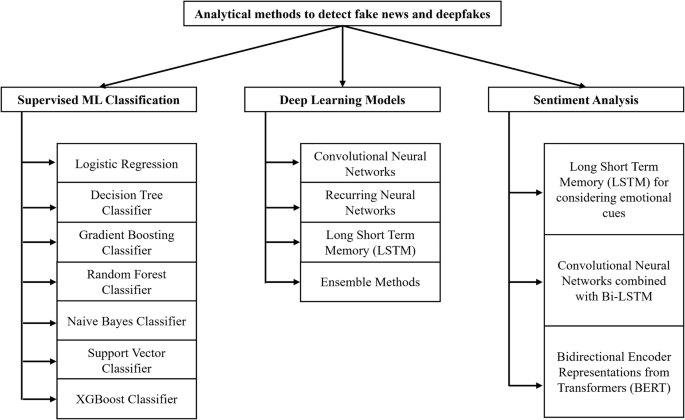The Rise of Fake News and Deepfakes: A Growing Threat to Information Integrity
The digital age has ushered in an era of unprecedented information access, but this accessibility has also opened the floodgates to a torrent of misinformation, disinformation, and malinformation, collectively known as “fake news.” Compounding this issue is the emergence of deepfakes, sophisticated AI-generated multimedia content designed to deceive and manipulate. From fabricated news articles to doctored videos, these deceptive creations pose a significant threat to public trust and societal stability. This article delves into the nature of fake news and deepfakes, exploring their various forms, the factors contributing to their proliferation, and the ongoing efforts to detect and combat them.
Fake news, defined as false information presented as factual, encompasses a range of deceptive content, including clickbait, hoaxes, propaganda, satire, and parody. Its objectives vary from driving website traffic to deliberately manipulating public opinion. Deepfakes, on the other hand, employ artificial intelligence to create realistic but fabricated multimedia content, often involving lip-syncing, voice cloning, or face swapping. The accessibility of deepfake technology, coupled with the widespread use of social media, has made it alarmingly easy for malicious actors to generate and disseminate convincing fake content.
Several factors contribute to the rapid spread of fake news and deepfakes. The reliance on social media as a primary news source, particularly among younger demographics, creates a fertile ground for misinformation. Studies reveal a widespread lack of confidence in identifying fake news, highlighting the vulnerability of the public to deceptive content. Furthermore, the visual nature of deepfakes enhances their persuasiveness, as individuals are more likely to believe information supported by visual “proof,” even if fabricated. The echo chamber effect of social media algorithms also reinforces existing biases and beliefs, making users more susceptible to accepting fake news that aligns with their preconceptions.
The detection of fake news and deepfakes is a complex and evolving challenge. Researchers have explored various approaches, including content analysis, social context analysis, and intervention-based solutions using computational models. Natural Language Processing (NLP) techniques, including sentiment analysis and machine learning algorithms, have been employed to identify linguistic patterns and emotional cues indicative of fake news. In the realm of deepfake detection, convolutional neural networks (CNNs) have shown promise in identifying subtle inconsistencies in manipulated images and videos.
The impact of fake news and deepfakes extends across multiple domains, from economics and politics to psychology and public health. The Cambridge Analytica scandal and the Pizzagate incident are stark reminders of the real-world consequences of misinformation. The COVID-19 pandemic witnessed a surge in fake news and conspiracy theories, impacting public health measures and eroding trust in institutions. Deepfakes, while a newer phenomenon, have the potential to further erode trust in media and government, creating a climate of uncertainty and skepticism.
Efforts to control the spread of fake news and deepfakes are ongoing but face significant hurdles. Social media platforms are investing in detection mechanisms, but the sheer volume of content makes manual verification a daunting task. The lack of labeled fake news data poses a challenge for supervised machine learning techniques. Researchers are exploring unsupervised methods, such as topic modeling and anomaly detection, to identify patterns indicative of fake news within large datasets. However, the constant evolution of deepfake technology necessitates continuous adaptation and innovation in detection strategies. Furthermore, addressing the underlying societal factors that contribute to the acceptance and spread of misinformation, such as media literacy and critical thinking skills, is crucial in mitigating the long-term impact of fake news and deepfakes. The fight against misinformation requires a multi-faceted approach involving technological advancements, media literacy education, and fostering a culture of critical information consumption.


